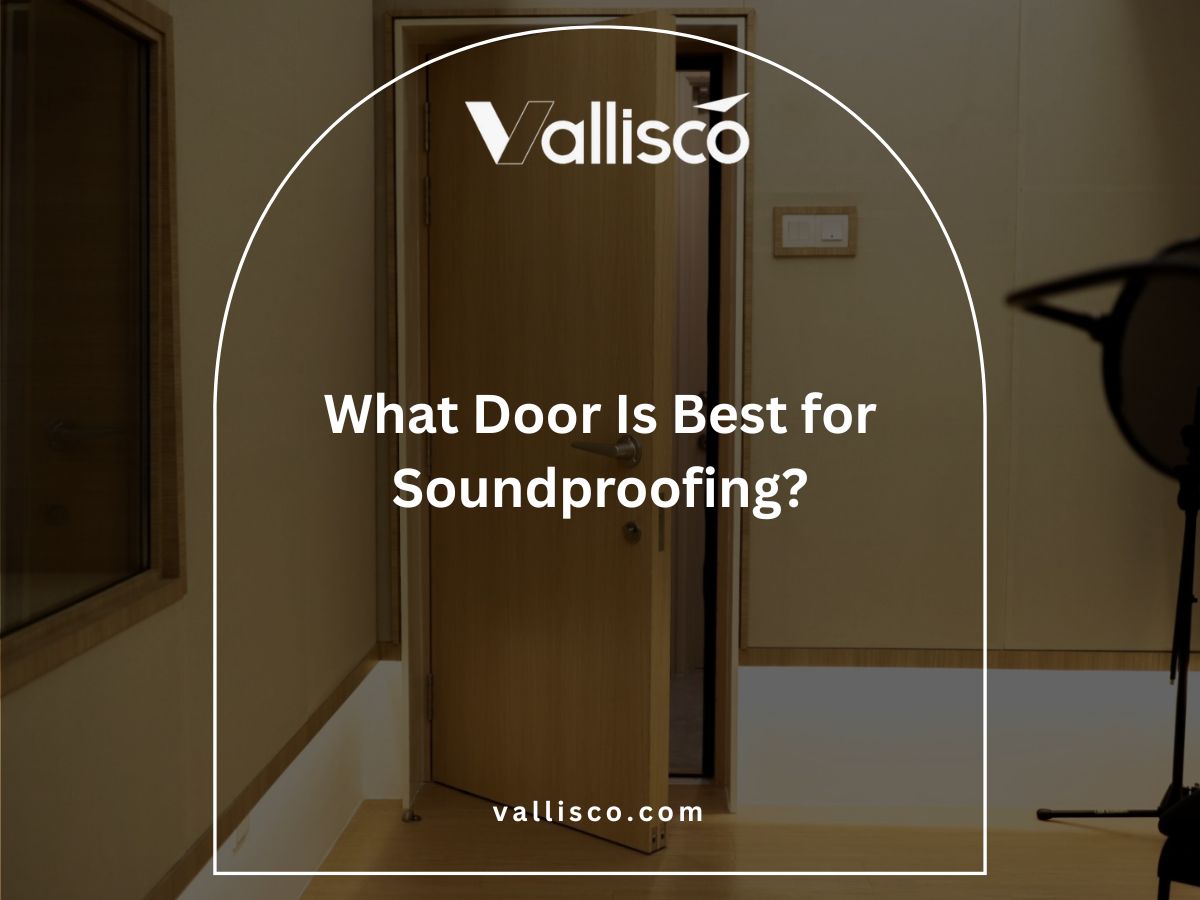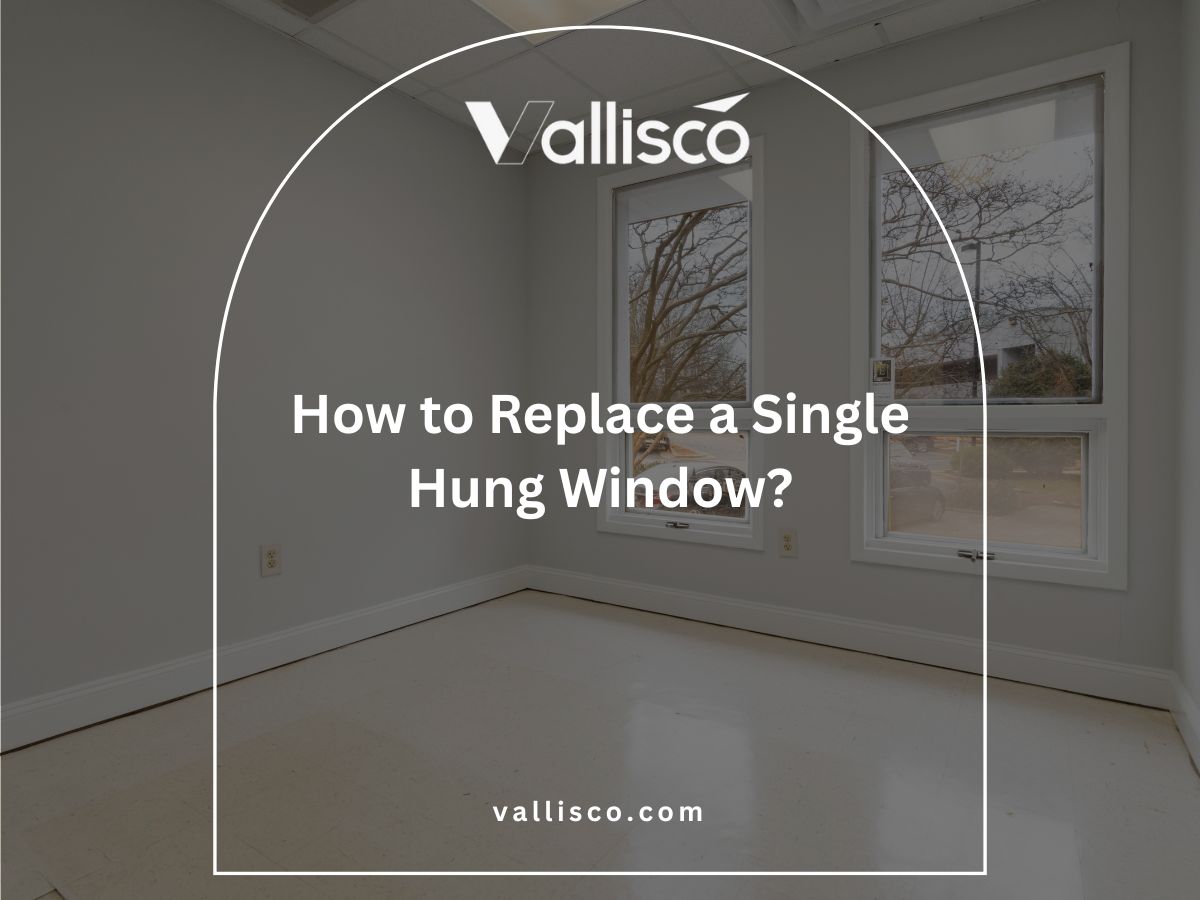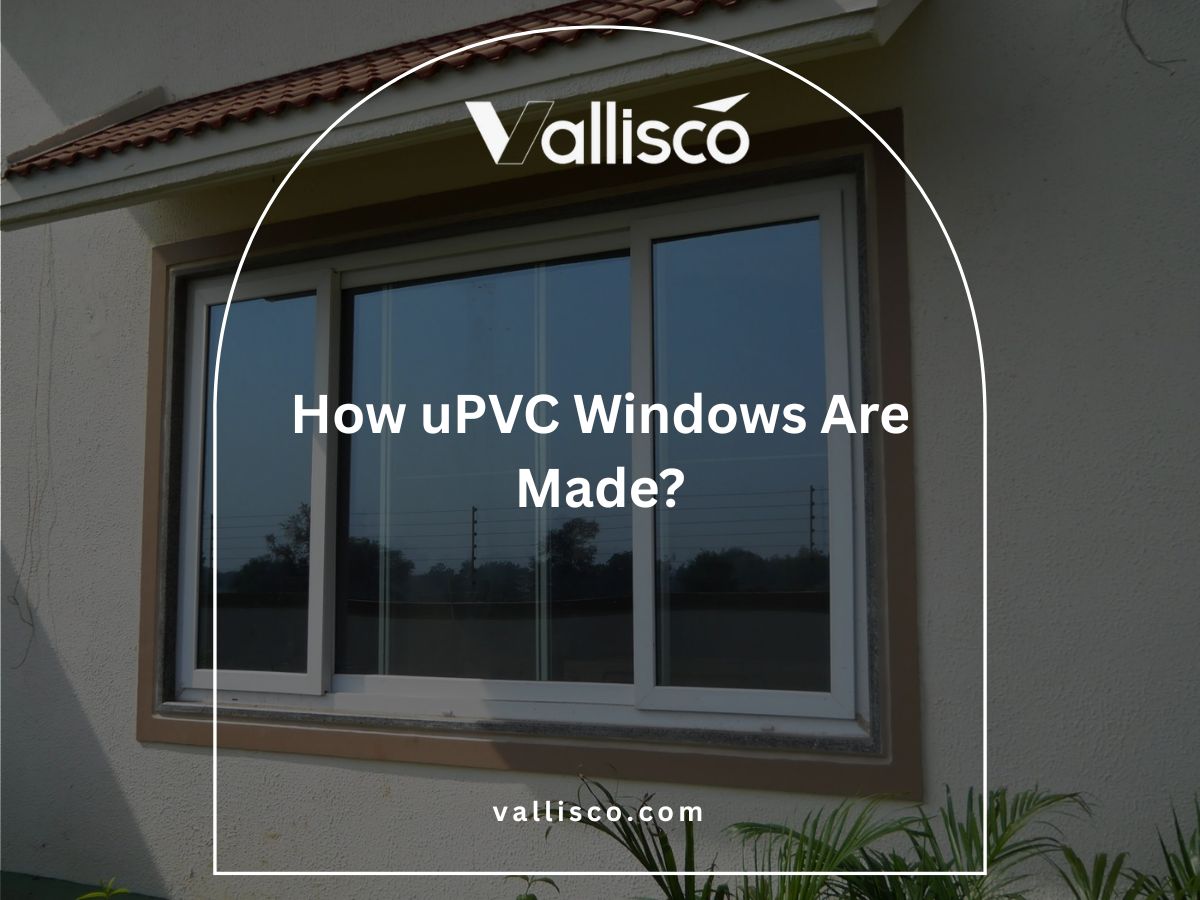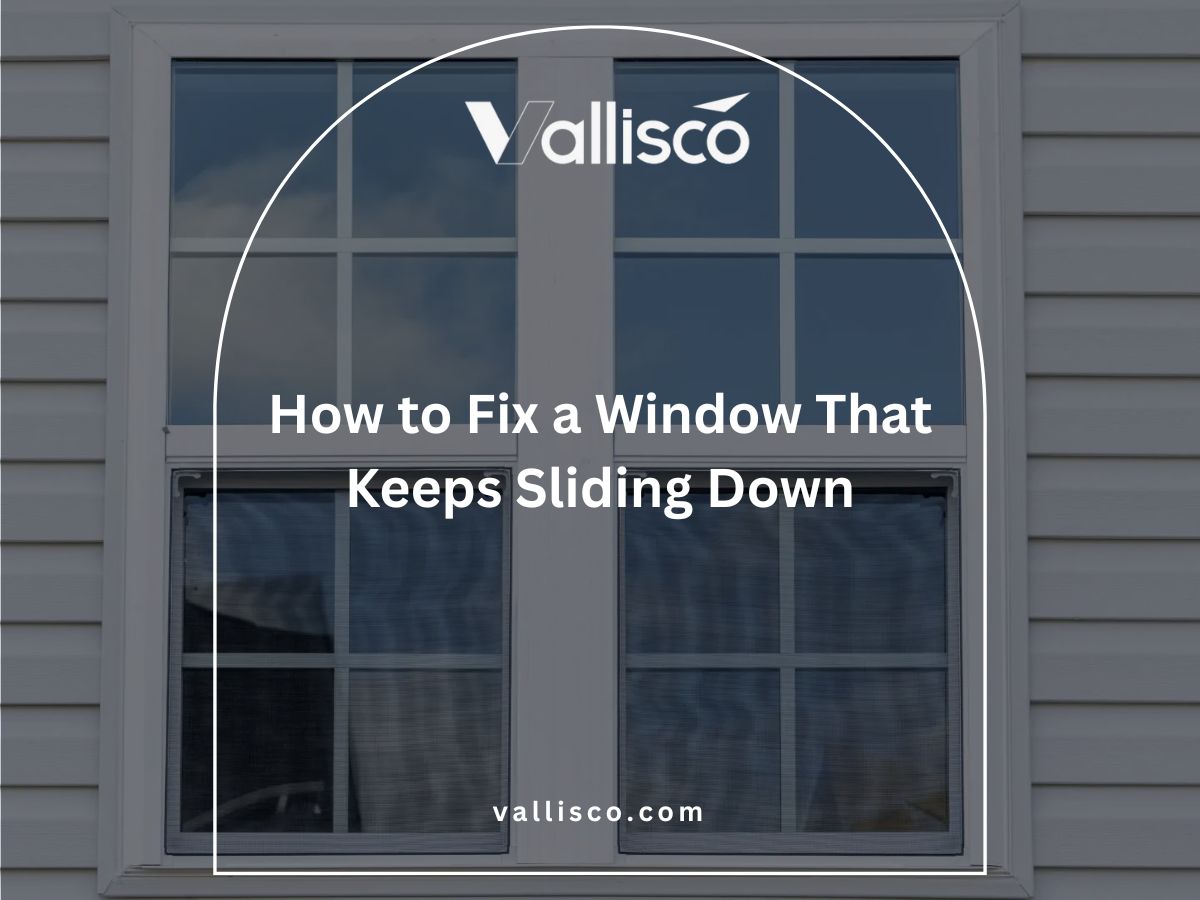I still remember walking into a small office one summer afternoon. The air conditioner was running full blast, but everyone looked uncomfortable. The culprit? Cheap windows that let the heat pour in.
Moments like that remind me why windows aren’t just another building detail, they can make or break efficiency and comfort.
Over the years, I’ve worked with business owners, contractors, and manufacturers, seeing firsthand which windows hold up and which ones fail. That’s why you can count on this review to be grounded in real-world experience, not sales talk.
In this article, you’ll learn exactly what defines a good window, the pros and cons of different materials, the best window types for specific needs, and how to choose with confidence. By the end, you’ll have a clear answer to what windows are truly worth buying.
Because the truth is, the right windows aren’t just a purchase—they’re an investment in your building’s future.
So, let’s get started!
1. Key Factors That Define a Good Window
When you’re shopping for windows, it’s easy to get lost in all the marketing terms. From my experience working with businesses, the windows that truly stand out always come back to a few core factors. Let’s break them down so you know exactly what to look for.
Energy Efficiency
Energy efficiency is about more than saving on bills. It also keeps your space comfortable in every season. Features like low-E glass, gas-filled panes, and quality insulation make a big difference in performance.
The ENERGY STAR label gives you a reliable way to compare products at a glance. I’ve seen businesses lower utility costs noticeably just by upgrading to efficient windows, making it an investment that pays back each month.
Durability
Windows should not be something you replace every few years. A good window stands up to weather, wear, and daily use without warping or breaking down. Materials such as fiberglass and high-quality vinyl are known for lasting longer with less upkeep. I’ve visited buildings where cheap windows failed in less than five years, and the replacement cost was painful. Durability protects your budget and saves you trouble in the long run.
Style & Aesthetics
A window does more than function; it shapes how people see your building. Choosing a style that matches your architecture creates a polished look and improves curb appeal. Vallisco’s large panes bring in natural light, which makes workspaces feel more open and inviting. Clients often tell me that upgraded windows made their offices look brand new. The style of a window is not just visual, it affects how people feel inside the space.
Security Features
Security is one factor you should never overlook. Strong locks, reinforced glass, and sturdy frames add another layer of protection. I’ve seen businesses upgrade their windows mainly for security, and the peace of mind was worth it. Laminated or tempered glass can make a big difference in resisting break-ins. A good window should give you confidence that your building is safe.
2. Popular Window Frame Materials and Their Pros & Cons
Choosing the right window frame material can feel overwhelming. I’ve seen business owners focus only on price, only to regret it when the frames warped or demanded too much upkeep. Each material has its own strengths and trade-offs, and knowing them upfront helps you make a smart choice.
Here’s a side-by-side look at the most common options.
| Material | Strengths | Limitations | Best For | Maintenance |
| Vinyl | Low cost, energy-efficient | Few colors, may warp in heat | Budget projects | Very low |
| Wood | Classic look, good insulation | Pricey, needs upkeep | Traditional designs | High |
| Aluminum | Strong, slim, modern style | Poor insulation, condensation | Commercial spaces | Low to moderate |
| Fiberglass | Durable, energy-saving | Higher cost, fewer styles | Long-term use | Very low |
| Composite | Balanced, weather-resistant | Pricier than vinyl | Mixed needs | Low |
3. Types of Windows to Consider
One thing I’ve noticed over the years is that not all windows serve the same purpose. The style you choose can change how a space looks, feels, and even performs. Some types are better for airflow, while others focus on light or aesthetics. Here’s a clear breakdown of the most common window types and what each one offers.
- Double-Hung Windows: These are one of the most common choices because they’re versatile and easy to maintain. Both the top and bottom sashes can move, which gives you better control of ventilation. They also tilt inward, making them easier to clean in office or residential settings.
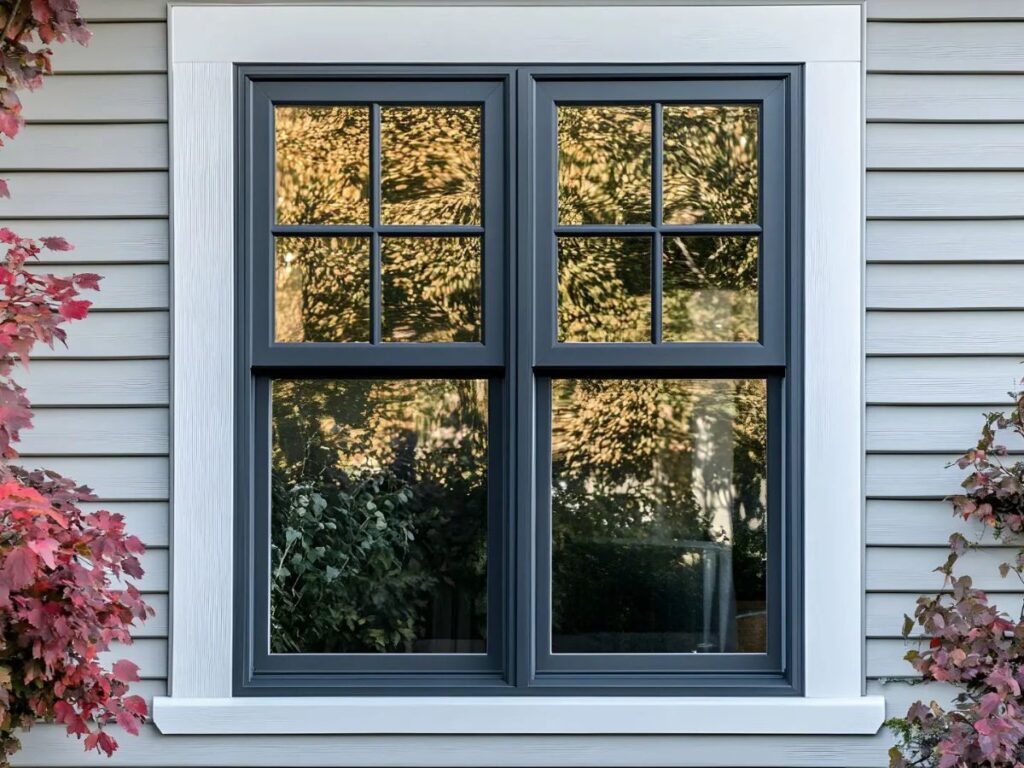
- Single-Hung Windows: Similar in appearance to double-hung, but only the bottom sash moves while the top stays fixed. They’re usually more affordable and a bit more energy-efficient. The trade-off is less flexibility for airflow, but they’re a solid option if budget is the main concern.
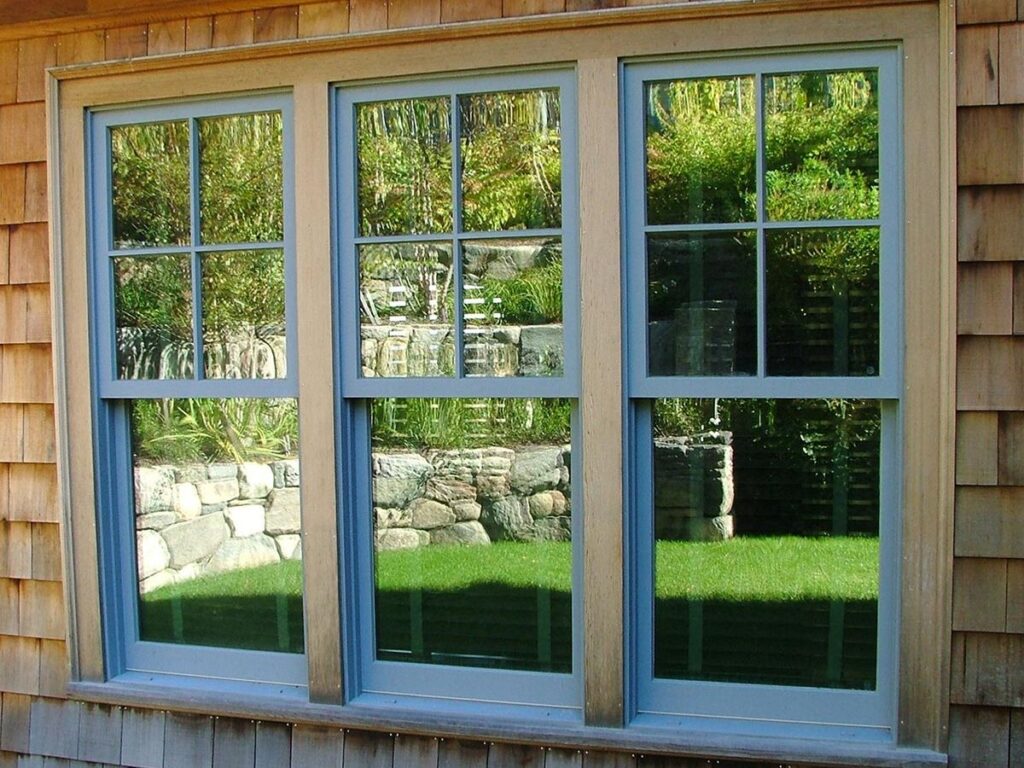
- Casement Windows: These windows are hinged on the side and swing outward like a door. They open fully, which allows strong ventilation and clear views. They also seal tightly when closed, which helps with insulation and energy savings.
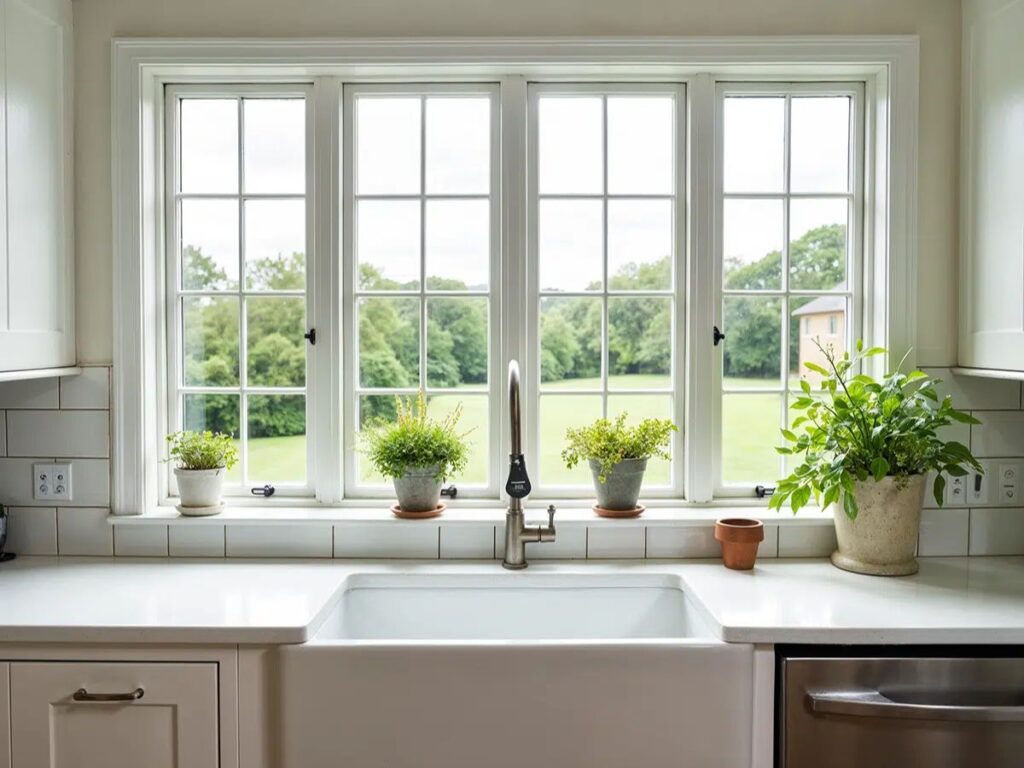
- Sliding Windows: Built to open by sliding along a track, these are simple and low-maintenance. They’re a great option for wide openings where vertical sashes would be harder to use. Many businesses choose them for practicality and ease of operation.
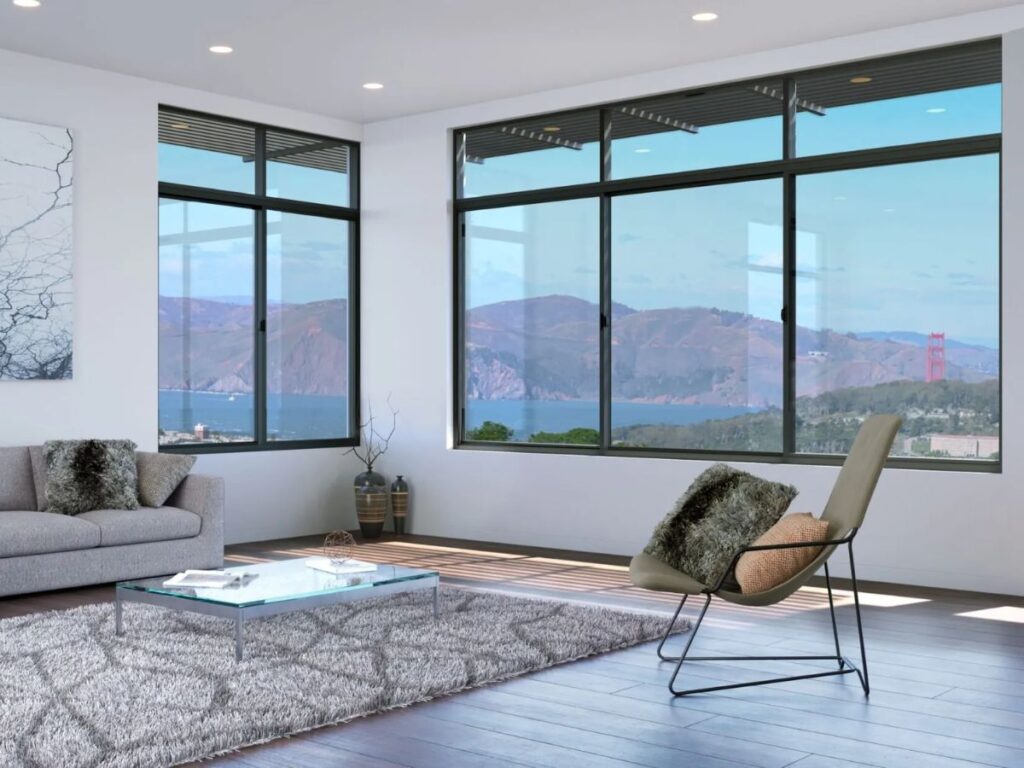
- Bay and Bow Windows: These windows project outward from the wall, creating extra space and letting in more light. They can make offices, lobbies, or conference rooms feel bigger and more open. They’re often chosen for their style and ability to create a focal point in a building.

- Picture Windows: These are large, fixed panes designed to bring in maximum light and showcase views. Since they don’t open, they’re not useful for ventilation, but they do provide a clean, modern look. They work best in spaces where natural light is the main goal.
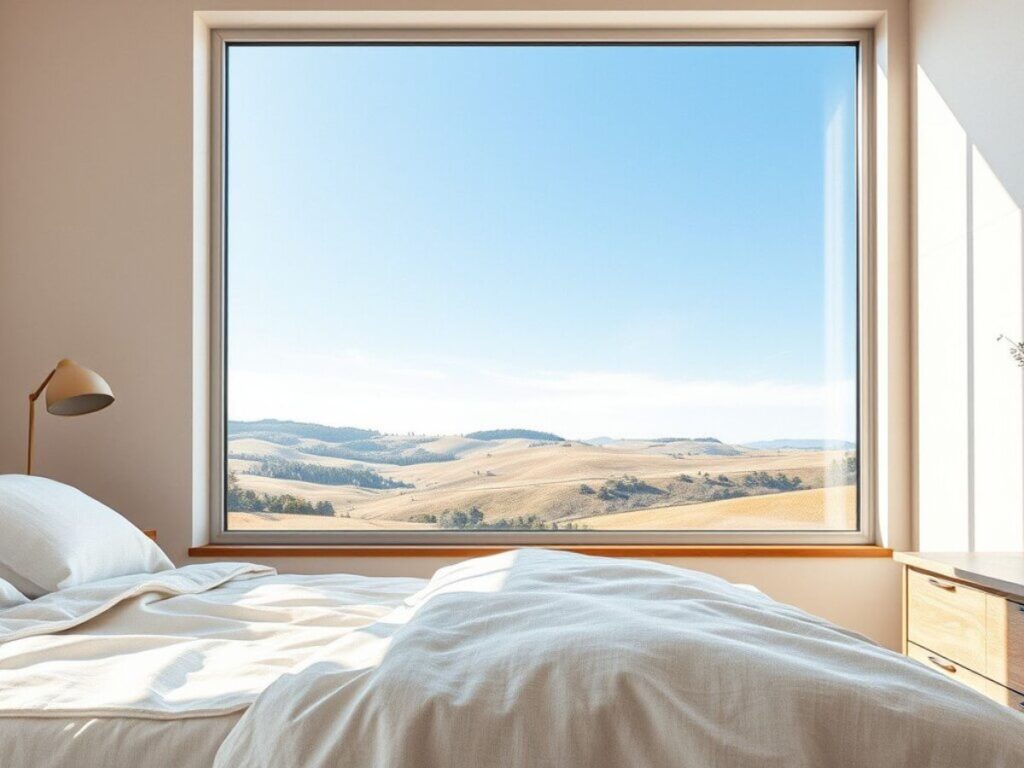
4. Top Certifications and Ratings to Check
One mistake I’ve seen too often is businesses buying windows based only on looks or price. The truth is, certifications and ratings tell you whether a window will actually perform the way you need it to. These labels may look technical, but once you understand them, they make your buying decision a whole lot easier.
ENERGY STAR Certification
ENERGY STAR is one of the most recognizable labels for windows. At Vallisco, this means the product meets strict energy efficiency standards set by the government. When you see this label, you can trust the window will help reduce heating and cooling costs. I’ve seen companies cut utility bills just by switching to ENERGY STAR-certified windows. It’s a simple way to separate quality from average.
NFRC Ratings
The National Fenestration Rating Council (NFRC) provides detailed ratings that go beyond a simple logo. They measure things like U-factor (insulation value), Solar Heat Gain Coefficient (how much heat enters), and Visible Transmittance (how much light passes through).
These numbers help you match windows to your climate and building needs. I always recommend looking at NFRC ratings because they give you a complete picture, not just a sales pitch.
Local Building Code Compliance
Every region has its own building codes, and windows must meet those requirements to be approved. For example, coastal areas often require storm-rated glass, while colder climates demand higher insulation standards. I’ve seen projects delayed simply because the windows chosen didn’t meet code. Double-checking compliance upfront saves you from costly mistakes and ensures your investment is protected.
5. Tips for Choosing the Right Windows
With so many options, choosing the right windows can feel overwhelming. I’ve seen businesses rush decisions and end up paying more later in replacements and energy bills. The good news is, a few smart tips can guide you to windows that fit your building, budget, and long-term needs.
Match Windows to Your Climate
Windows that perform well in one area may fail in another. In colder regions, low U-factor ratings help keep heat in, while in hot climates, low Solar Heat Gain Coefficient ratings reduce unwanted heat. I’ve seen companies waste money on windows that weren’t suited to their environment. Always check how a product is rated for your climate zone. The right match ensures comfort and lower energy costs.
Consider Your Building’s Orientation
Where your windows face matters more than most people realize. South-facing windows can bring in a lot of light and heat, while north-facing ones often need stronger insulation. If you’re in a sunny location, coatings like low-E glass help control glare and temperature. I’ve helped clients place the right types of windows strategically, and it made the space brighter and more efficient. Small adjustments here lead to big returns.
Balance Style With Long-Term Value
It’s easy to get caught up in design and forget about function. Stylish windows can impress clients, but if they’re hard to maintain or inefficient, they’ll cost you more over time. I’ve seen businesses regret choosing looks over performance. The best choice is finding windows that look good while also offering durability and energy savings. That balance protects your budget and your brand image.
Work With Trusted Installers
Even the best window won’t perform well if it’s poorly installed. I’ve seen high-quality products fail simply because the installation was rushed or done incorrectly. Choosing certified and experienced installers ensures the windows fit properly and last longer. It may cost more upfront, but it prevents problems down the road. Installation quality is often the hidden factor that separates a smart investment from a wasted one.
Conclusion
The story began in a room where windows failed to do their job. It ends with a reminder: you don’t have to settle for the same mistake.
You now understand the factors, materials, types, and certifications that define a truly good window.
This article has walked you through every angle so you can make a confident decision.
Don’t wait until the damage is done. Contact Vallisco today and invest in windows that pay you back for years to come.
More Guides and Tips to Explore
For more helpful content, explore our collection of recommended reads:
Still haven’t found what you’re looking for? Don’t hesitate to contact us. We’re available around the clock to assist you.



